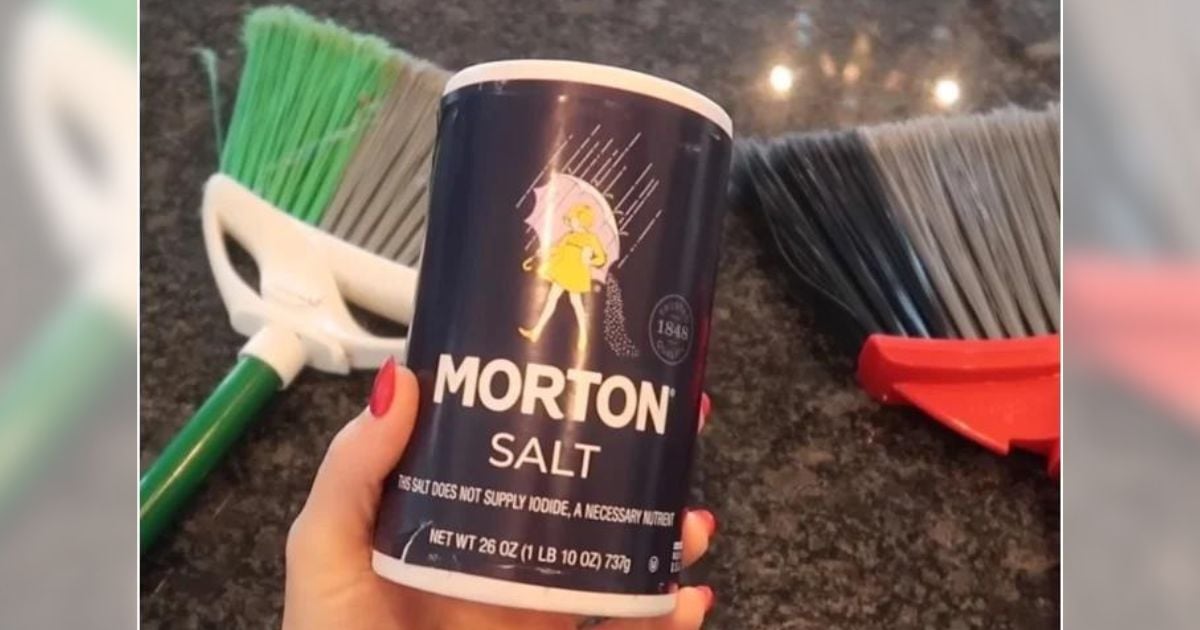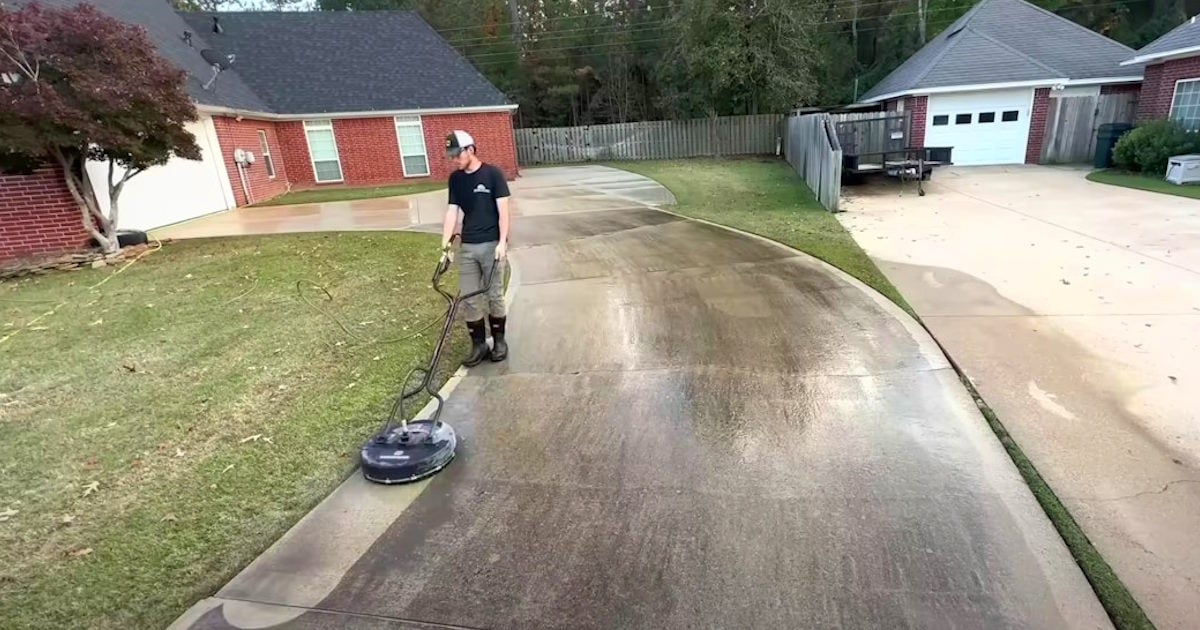The best part about old things is that they are meant to last.
Unlike the machines and gadgets we have today, machines of the early 1900s and late 1800s are made with quality materials.
View this post on Instagram
Even if they are stored inside your grandfather’s barn and have collected rust and dust, these vintage gadgets can still be repaired and operated as if they just came out of the factory.
YouTube channel Natra Restoration shows people how these machines are repaired.
For this video, they rescued and took apart an 1894 Singer sewing machine.
The company was established in 1863 and is one of the biggest manufacturers of the machine.
View this post on Instagram
As the brand Isaac Singer established, his machines stood the test of time. Such a machine is the 1894 model that Natra Restoration retrieved in a henhouse.
The machine was rusted and worn out.
There were different outcroppings of rust that covered crevices and bolts.
The whole machine was caked in hues of brown and orange, far from the gilded black design it first bore.


It will be a ton of work but there’s nothing more satisfying for the restorer than bringing an old machine back to its glory days.
First, the restorer cleaned the surface of the machine.
He scrubbed off any loose murk and rust with a metal brush. Then, using some lubricant, he loosened all the screws and began taking the machine apart.


For tighter screws, he even had to use a blow torch to loosen them.
Even in this state, you can see that the majority of the parts are still intact.


The restorer even saved the wooden bed of the machine. Quite astonishingly, besides the small nicks here and there, the wooden parts are still okay.
Next is the thorough cleaning.
Each iron piece is sandblasted to scrub off the rust that can’t be removed by brushing.
Watching the rust quickly fade whenever the nozzle passes over is so satisfying to watch.


The parts were then further sanded down to make sure that the surface of the metal parts was clean.
Some of the screws and bolts were even tossed into an ionized bath to get rid of the rust.
Next, the restorer worked on the base of the machine.
He used some polyester putty on the machine bed to even out the surface. Then, after coating the bigger parts with primer paint, he spray-painted them black.


He then used a laser etching machine to precisely carve out a framing pattern.
He also etched a new Singer logo on the machine cover itself. He finished it off with a coat of varnish for some shine and protection.
He carefully reassembled the machine. The rusted 1894 machine is now shiny with its glossy black paint and is much more intricately designed thanks to the new etchings.
He also lubricated the moving parts so they’ll chug smoothly and at the right time.


But the bigger question is – after all these careful restorations, while the machine whir back to life?
That’s something you’d want to check out for yourself.
See this abandoned sewing machine get a new life after more than a hundred years below!
Please SHARE this with your friends and family.















